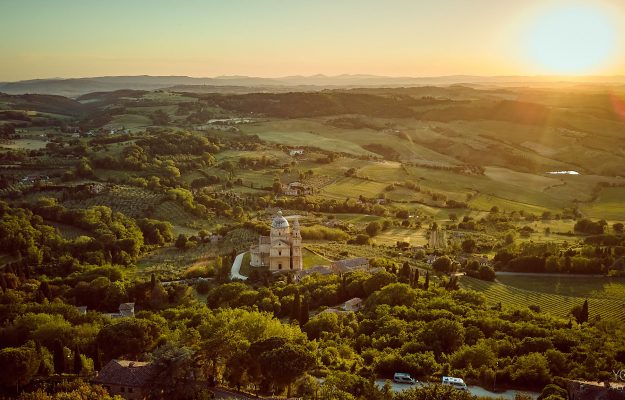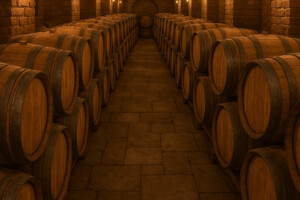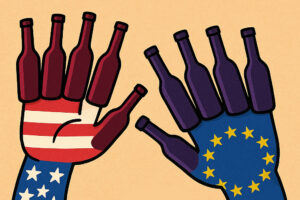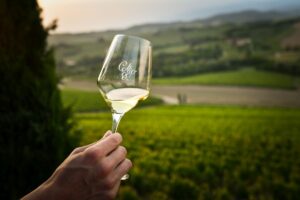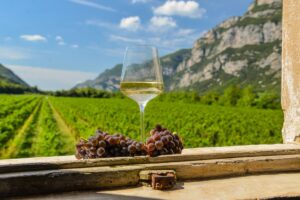Among the many leading Italian wine territories moving in the direction of greater possible correspondence between the place from which the wine originates and what is stated on the label (such as Barbaresco and Barolo with the Mga, Chianti with the Uga, Etna with the Contrade or Soave with the “cru”, among others), comes Vino Nobile di Montepulciano: the National Wine Committee has given the green light to the “Pieve”, a version of the Additional Geographical Units (Uga) desired by the Consorzio del Vino Nobile di Montepulciano. And so, now, the 12 “Pievi” identified in the territory, will be able to go on the label of Vino Nobile di Montepulciano “Pieve” from January 1, 2025, with the 2021 vintage. After publication in the Official Gazette, and then registration in the Register of European Denominations, the project of this new type will be fully operational, explains the Consorzio del Vino Nobile di Montepulciano, with a first vintage that will have 300,000 bottles, while already for the 2022 vintage there are more than 700,000 bottles in the cellar (equal to 10% of the total production of Vino Nobile di Montepulciano).
“For us it is the fulfillment of a path that is worth more than a new type of wine, but that shows how an entire appellation can unanimously give life to a shared path that represents a new vision of production - is the comment of the President of the Consorzio del Vino Nobile di Montepulciano, Andrea Rossi - a vision supported by research from the geological and pedological point of view and by the in-depth study that has also been done in libraries and historical archives, up to the Leopoldine Cadastre of the 19th century. I have to thank for all this the producers, first and foremost, who believed in it from the beginning, then the professional organizations, the Region of Tuscany, the Ministry of Agriculture, the National Wine Committee and all the professionals who, with their input, made this result possible”.
The “pievi”, therefore, will also serve to characterize the historicity, as well as the territoriality, of the wine. “The historical study of the geology and geography of the territory has led to the identification of 12 areas, defined in the Uga (Additional Geographical Units) production regulations, which will be placed before the mention “Pieve” on the label. This aspect”, the Consortium explains, “represents the identity of Vino Nobile di Montepulciano, which looks precisely to the past. The decision to use the territorial toponyms referable to those of the ancient parish churches into which the territory was divided already in the late Roman and Longobard period, stems from an in-depth study of historical, landscape and wine production. In particular, the desire of the Consorzio del Vino Nobile di Montepulciano is to reaffirm and codify a physical reality with ancient historical roots, which characterized the territory of Montepulciano until modern times and which also finds its echo in the Catasto Leopoldino of the first decades of the 19th century, which subdivided the territory into sub-areas defined by toponym”.
In terms of specifications, the “Pieve” version will come from vineyards in the sub-area, with a maximum of 70 quintals per hectare, the grape blend to be related to Sangiovese (85%) and only complementary native grape varieties allowed by the specifications, with grapes exclusively produced by the bottling company and from vineyards at least 15 years old. And then there will be three years of aging (mandatory 12 months in wood and 12 in bottle).
“The idea of giving birth to Vino Nobile di Montepulciano mention “Pieve” (in addition to the disciplinary that provides Vino Nobile di Montepulciano and Vino Nobile di Montepulciano Riserva), was born from a methodological path - the Consortium still explains - that has seen the consensus and participation of all the producers. A path of study in the denomination itself, which, thanks to moments of meeting, comparison and collective analysis, has led to the birth of a univocal “vision” of Vino Nobile di Montepulciano”.
Copyright © 2000/2025
Contatti: info@winenews.it
Seguici anche su Twitter: @WineNewsIt
Seguici anche su Facebook: @winenewsit
Questo articolo è tratto dall'archivio di WineNews - Tutti i diritti riservati - Copyright © 2000/2025










